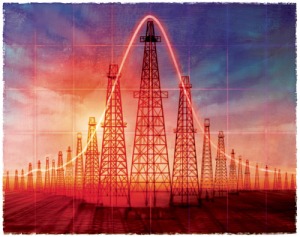 Peak oil is the new hot topic in the energy sector. As defined by expert M. King Hubbert, “peak oil” is the point when the highest rate of extracting this sought-after hydrocarbon is reached. According to this theory, the extraction and production of oil will begin to decline, until it stops completely. The thought of the world’s supply of oil reaching an endpoint has industry officials worrying, as long-standing oil fields begin to dwindle in their output.
Peak oil is the new hot topic in the energy sector. As defined by expert M. King Hubbert, “peak oil” is the point when the highest rate of extracting this sought-after hydrocarbon is reached. According to this theory, the extraction and production of oil will begin to decline, until it stops completely. The thought of the world’s supply of oil reaching an endpoint has industry officials worrying, as long-standing oil fields begin to dwindle in their output.
Oil Drilling Methods Through the Ages
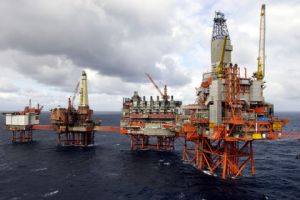 Wells can be drilled for a variety of purposes and not all of them are sunk to extract oil and gas. Some wells are drilled to produce water while others are drilled to dispose of hazardous waste. Gases such as carbon dioxide can be captured and injected into the ground. However, for all of these activities, the drilling methods are essentially the same. Continue reading
Wells can be drilled for a variety of purposes and not all of them are sunk to extract oil and gas. Some wells are drilled to produce water while others are drilled to dispose of hazardous waste. Gases such as carbon dioxide can be captured and injected into the ground. However, for all of these activities, the drilling methods are essentially the same. Continue reading
Russian Arctic Oil Drilling
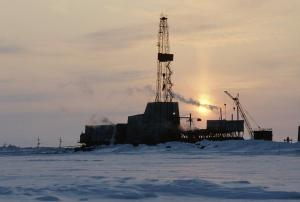 Drilling in the frozen Arctic landscape might seem fairly improbable, but Russia and other nations are forming innovative methods for finding oil in the depths of the seabed.
Drilling in the frozen Arctic landscape might seem fairly improbable, but Russia and other nations are forming innovative methods for finding oil in the depths of the seabed.
Traditionally, a hole known as a well-bore is drilled into the seabed to detect and then extract oil, should it be found. A device known as a “Christmas tree” (due to its unusual shape) is installed at the top of the well and is designed to monitor pressure and oil flow. However, new designs had to be made to deal with the extremely adverse conditions of the Arctic land. Ice roads have to be formed to transport the oil away from the drilling site, and constructing these roads in the terrain is full of hazards. Continue reading
Learning How Reservoirs Work to Improve Oil Reserve Production
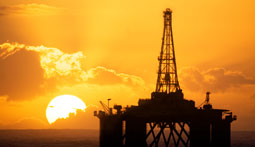 Now that we have so much information on how to find reservoirs that may hold potential oil and natural gas stores, it is now up to scientists to understand how the reservoir actually works. 3D imaging helps us determine the structure of the reservoir by identifying how it is encased by surrounding rock formations. 4D imaging is helping geophysicists understand better how the reserve may shift over time within the reservoir. However the process of hydraulic fractures is being given a closer look because of its beneficial properties to the overall process. Continue reading
Now that we have so much information on how to find reservoirs that may hold potential oil and natural gas stores, it is now up to scientists to understand how the reservoir actually works. 3D imaging helps us determine the structure of the reservoir by identifying how it is encased by surrounding rock formations. 4D imaging is helping geophysicists understand better how the reserve may shift over time within the reservoir. However the process of hydraulic fractures is being given a closer look because of its beneficial properties to the overall process. Continue reading
Intertwined Fate: Oil and Fracking
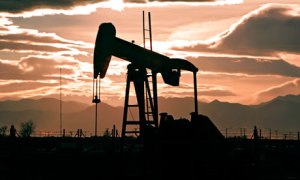 The term “fracking” has garnered sufficient attention within the past decade, as it should. The process involves many controversial methods to penetrate the Earth’s crust searching for natural gas. However the entire mass of circumstances surrounding the process, viability, and financial outcomes of natural gas extraction is directly linked to the oil industry. Continue reading
The term “fracking” has garnered sufficient attention within the past decade, as it should. The process involves many controversial methods to penetrate the Earth’s crust searching for natural gas. However the entire mass of circumstances surrounding the process, viability, and financial outcomes of natural gas extraction is directly linked to the oil industry. Continue reading
Breakthrough Technologies in the Oil Industry: Increasing Efficiency
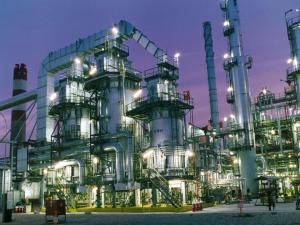 Previously unreachable oil reservoirs have now become very reachable. One of the greatest developments of the oil industry within the past decade has been the innovation of new technologies and products that allow companies to reach more oil reserves than ever before. Certain reservoirs once classified as “stranded” are actually now reachable because of horizontal drilling, hydrofrac modeling, and steerable drilling liner technologies.
Previously unreachable oil reservoirs have now become very reachable. One of the greatest developments of the oil industry within the past decade has been the innovation of new technologies and products that allow companies to reach more oil reserves than ever before. Certain reservoirs once classified as “stranded” are actually now reachable because of horizontal drilling, hydrofrac modeling, and steerable drilling liner technologies.
These technologies have been produced because of the increasing need to fight obstacles in the process of drilling to wells. Salt layers, shale, and unpredictable flows are just few of the conundrums that are in the process of being solved with new drilling techniques. Continue reading